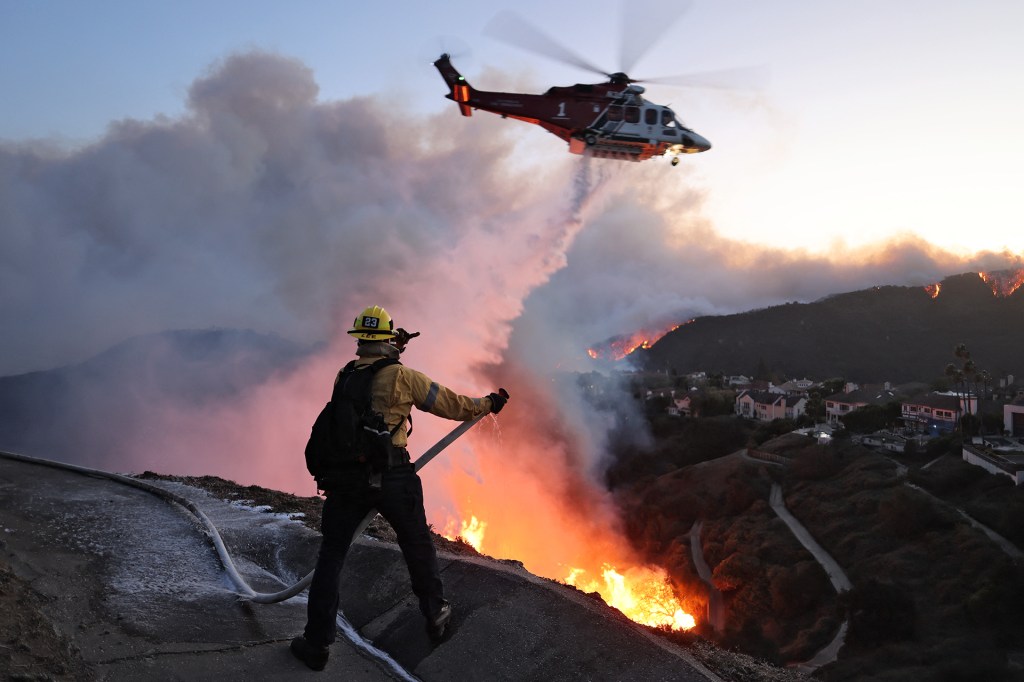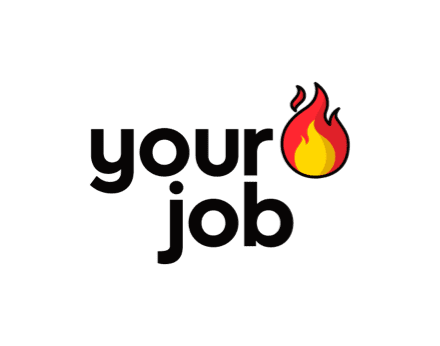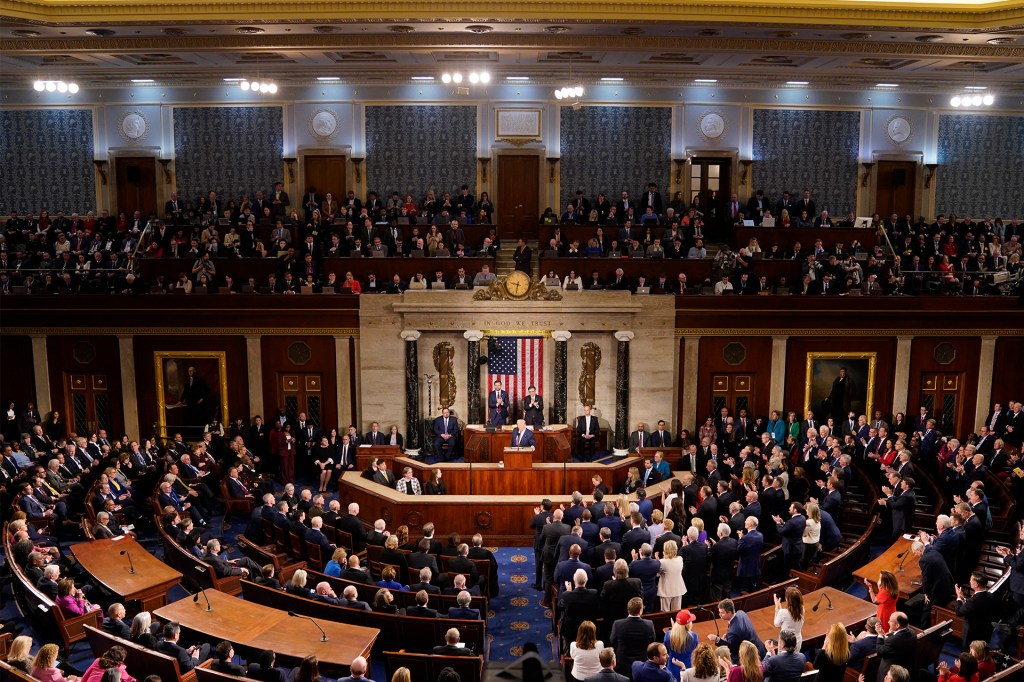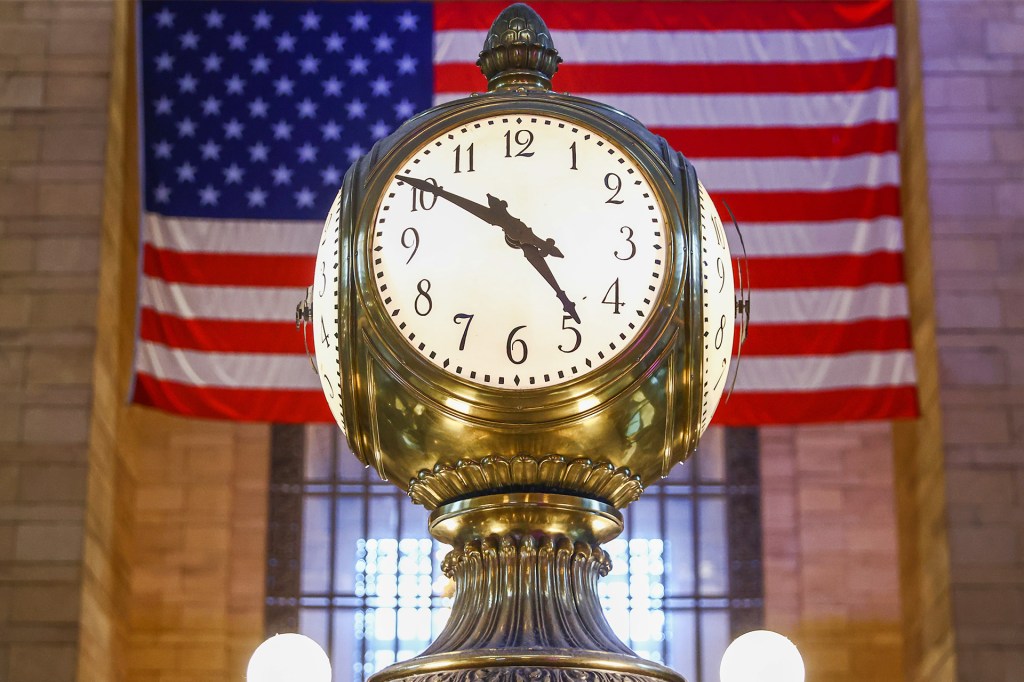Fires in Los Angeles

Wildfires tore across Los Angeles, California, starting January 7. When this article was published, on January 9, several were still not contained. One had burned about 1,000 buildings. The fires were the most destructive in the city’s history. They destroyed homes and businesses. Five deaths had been reported. And the situation was still changing.
More than 130,000 people had to evacuate their homes. Some went to shelters. Schools and roads were closed. More than one and a half million people lost power. Officials also asked people to use less water. Firefighting efforts strained the city’s water supply.
On January 9, California governor Gavin Newsom wrote on social media: “More than 7,500 firefighting personnel are on the ground . . . to respond to California’s ongoing historic wildfires.”
Dangerous Conditions
California’s wildfire season is in the summer and fall. But heavy winds and low rainfall can create fire conditions year-round. The fire season has lasted longer in recent years.
It’s not yet known what started these fires. But they were spread by very high winds. The winds pushed the flames into areas that had been dried by drought. “We haven’t had any substantial rain for hundreds of days,” wildfire specialist Max Moritz told NBC News.
President Biden spoke on January 8. “It’s astounding, what’s happened,” he said. “We’re prepared to do anything and everything for as long as it takes to contain these fires.”
Here to Help
Neighbors and firefighters are helping people affected by the wildfires. So are organizations. These groups are helping with recovery efforts.
The California Fire Foundation supports California communities affected by natural disasters. It gives direct support to victims.
World Central Kitchen is a global nonprofit. It’s providing first responders and evacuees with food and drinking water.
Cal Fire Benevolent Foundation raises funds for firefighters and their families. This money will help firefighters who are hurt on the job.
Stop and Think!
WHY does the author point out, in the first paragraph, when this article was published?













